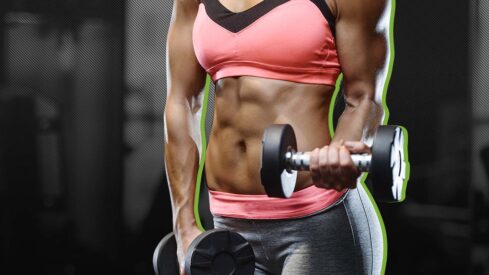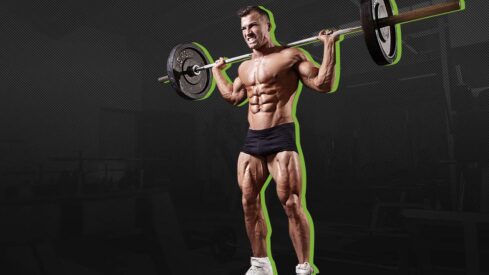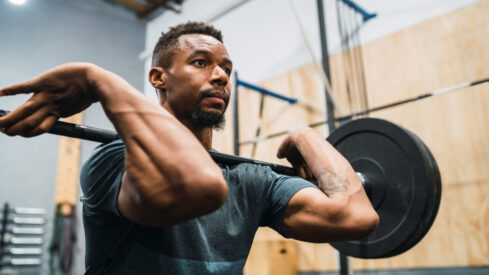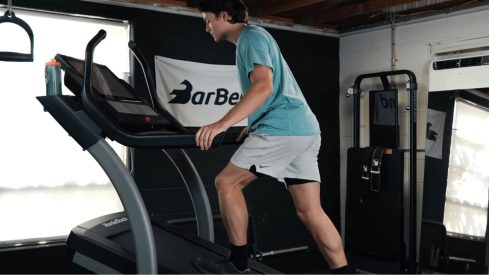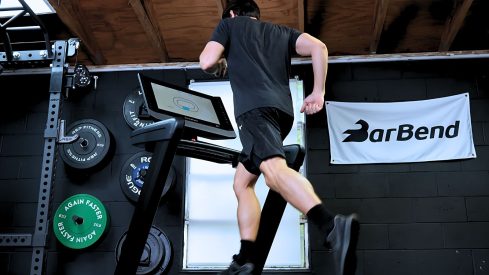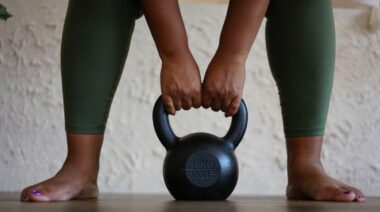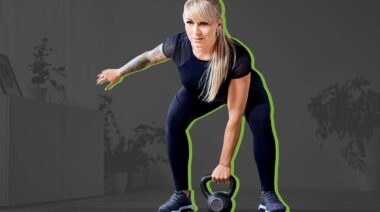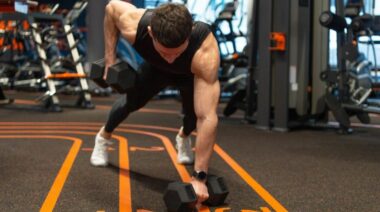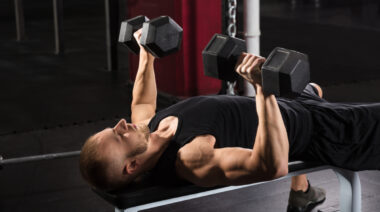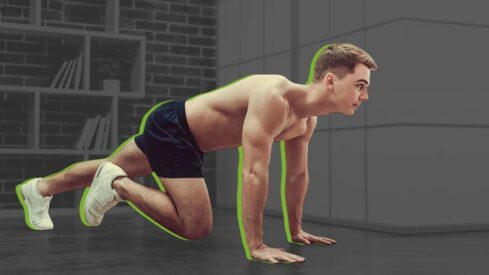Bodybuilding Workouts
-

The Best Bodybuilding Shoulder Workout, Customized to Your Experience Level
If you could only train one part of your upper body, what would you pick? There’s a case to be made for your arms, chest, lats, or even your traps as the most important element of a well-developed physique. But nothing quite ties things together like a pair of capped, three-dimensional delts. Big shoulders can…

